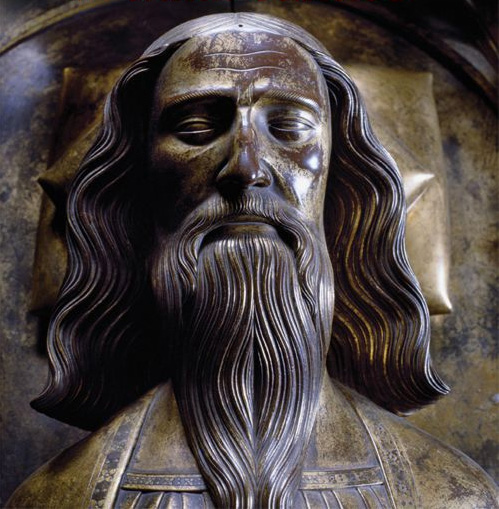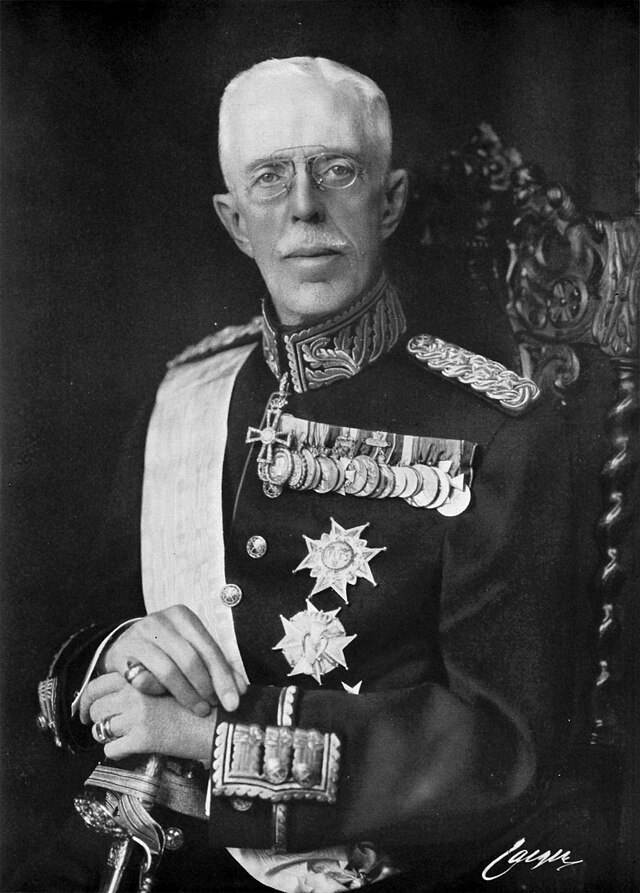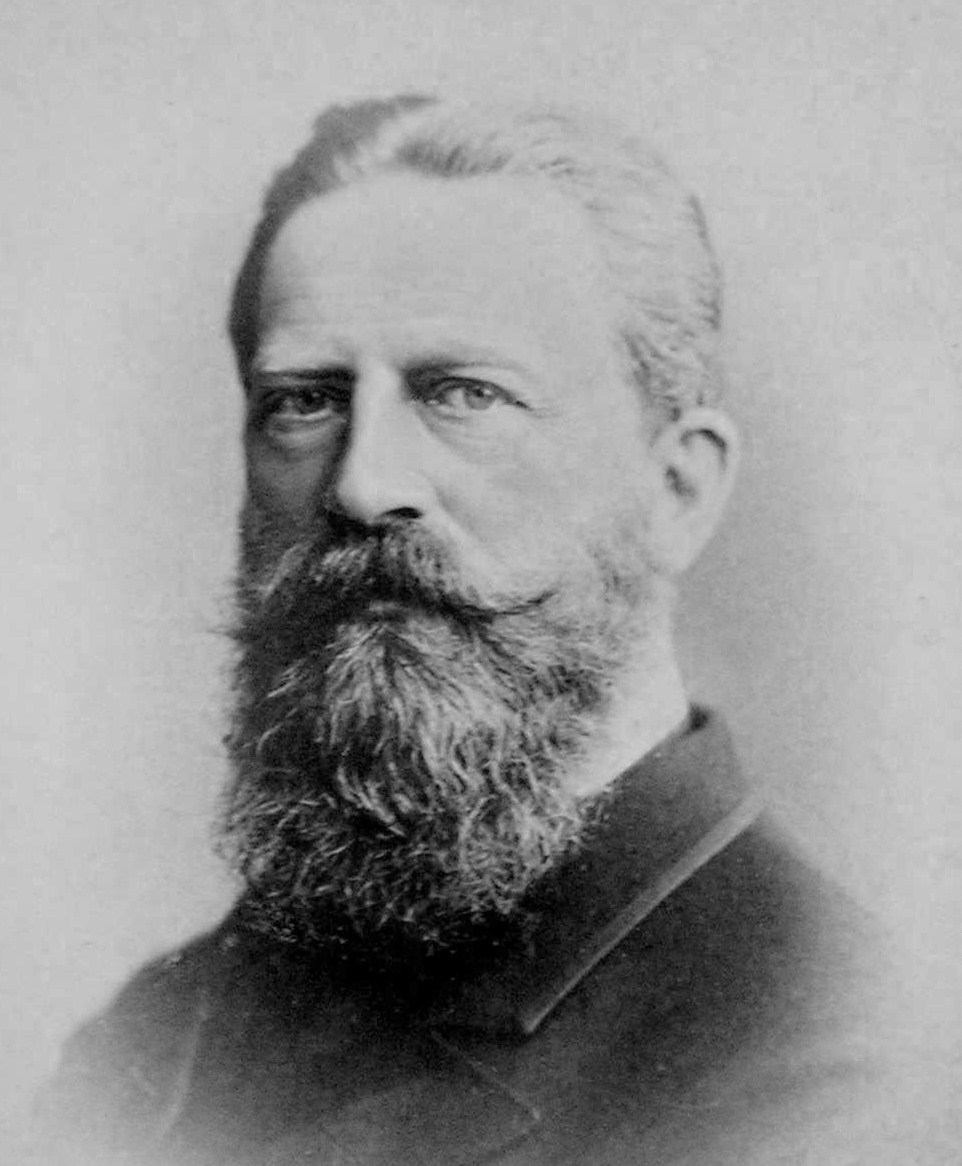© Unofficial Royalty 2024

King Edward III of England; Credit – Wikipedia
June 21, 1377 – Death of King Edward III of England at Sheen Palace in Richmond, England; buried at Westminster Abbey in London, England
From about 1371, Edward III’s health was failing and he became senile. Edward’s third surviving son, John of Gaunt, 1st Duke of Lancaster, led the affairs of state but he could not prevent military failures during the Hundred Years War. King Edward III suffered a stroke in May 1377, and on June 21, 1377, at the age of 64. Edward III’s eldest son Edward, Prince of Wales, who has come to be known as the Black Prince, had died at the age of 45, probably of dysentery, in 1376, a year before his father died, and his 10-year-old son succeeded his grandfather as King Richard II.
Unofficial Royalty: King Edward III of England
June 21, 1528 – Birth of Maria of Spain and Austria, Holy Roman Empress, at the Royal Alcázar of Madrid, Kingdom of Spain
Maria, Infanta of Spain, Archduchess of Austria was the wife of her first cousin Maximilian II, Holy Roman Emperor. She was the daughter of Charles V, Holy Roman Emperor (also Carlos I, King of Spain; Karl I, Archduke of Austria; Charles II, Lord of the Netherlands, Duke of Burgundy, among many other titles) and Isabella of Portugal. Maria and Maximilian had fifteen children. After Maximilian’s death, Maria remained in Vienna for six years and had great influence over her sons Rudolf and Matthias, both Holy Roman Emperors. She then retired to the Monastery of Santa Clara de las Descalzas Reales in Madrid, Spain, founded in 1559 by her younger sister Juana, where she died in 1603 and was buried.
Unofficial Royalty: Maria of Spain and Austria, Holy Roman Empress, Queen of Bohemia, Queen of Hungary and Croatia, Archduchess of Austria
June 21, 1646 – Birth of Marie Francisca of Savoy, Queen of Portugal, first wife of King Afonso VI of Portugal and his brother King Pedro II of Portugal, at the Hôtel de Nemours in Paris, France
Full name: Marie Françoise Élisabeth
Maria Francisca of Savoy was Queen of Portugal twice, once as the wife of Afonso VI, King of Portugal, and then as the wife of his brother Pedro II, King of Portugal. In 1666, she married King Afonso VI who was debilitated mentally and physically due to the effects of a disease he contracted in childhood. Maria Francisca cooperated with her brother-in-law Pedro in a coup that led to Pedro assuming the role of Prince Regent in 1668. While Pedro never formally usurped the throne, Afonso VI was king in name only for the rest of his life. After Maria Francisca’s marriage to Afonso VI was annulled on the grounds of non-consummation, she married Pedro. In 1683, Afonso VI died and his brother succeeded him as Pedro II, King of Portugal, and Maria Francisca was Queen of Portugal for a second time. She died on December 27, 1683.
Unofficial Royalty: Marie Françoise of Savoy, Queen of Portugal
June 21, 1818 – Birth of Ernst II, Duke of Saxe-Coburg and Gotha at Ehrenburg Palace in Coburg, Duchy of Saxe-Coburg and Gotha, now in Bavaria, Germany
Full name: Ernst August Karl Johann Leopold Alexander Eduard
Ernst was the elder brother of Prince Albert, Queen Victoria’s husband, and succeeded their father as Duke of Saxe-Coburg and Gotha in 1844. At the urging of his brother Albert, Ernst began his search for a bride. Ernst was suffering from a venereal disease as a result of his many affairs and had been warned that continued promiscuity could leave him unable to father children. In 1842, Ernst married Princess Alexandrine of Baden. Ernst had at least three illegitimate children, but his marriage was childless, perhaps due to Ernst passing the venereal disease to Alexandrine causing her to become infertile. Alexandrine was loyal and devoted to her husband despite his infidelities and believed their lack of children was her fault.
Unofficial Royalty: Ernst II, Duke of Saxe-Coburg and Gotha
June 21, 1831 – Birth of Charlotte of Prussia, Hereditary Princess of Saxe-Meiningen, first wife of the future Georg II, Duke of Saxe-Meiningen, at Schönhausen Palace in Berlin, Kingdom of Prussia, now in Brandenburg, Germany
Full name: Friederike Luise Wilhelmine Marianne Charlotte
Charlotte’s marriage in 1850 to the future Georg II, Duke of Saxe-Meiningen was truly a love match although it was most certainly encouraged by Charlotte’s uncle, King Friedrich Wilhelm IV of Prussia. Charlotte and Georg shared many of the same interests and unlike many marriages of the time, both were very happy to spend as much time together as possible. The couple had four children but sadly, Charlotte, aged 23, died in childbirth along with her fourth child.
Unofficial Royalty: Charlotte of Prussia, Hereditary Princess of Saxe-Meiningen
June 21, 1982 – Birth of Prince William, The Prince of Wales at St. Mary’s Hospital in London, England
Full name: William Arthur Philip Louis
Prince William, The Prince of Wales, is the elder son of King Charles III of the United Kingdom and heir apparent to the British throne. On April 29, 2011, William married Catherine Middleton at Westminster Abbey. Earlier that morning, Williams’s grandmother Queen Elizabeth II created him Duke of Cambridge, Earl of Strathearn, and Baron Carrickfergus. The couple has three children, Prince George, Princess Charlotte, and Prince Louis. With the birth of their younger son Prince Louis, their daughter Princess Charlotte became the first British princess not to be overtaken in the line of succession by her younger brother. This is due to The Succession to The Crown Act 2013, which formally went into effect on March 26, 2015, and put in place absolute primogeniture, which means that for those born after October 28, 2011, the eldest child born becomes the heir to his or her parent, regardless of gender.
Unofficial Royalty: Prince William, The Prince of Wales
This article is the intellectual property of Unofficial Royalty and is NOT TO BE COPIED, EDITED, OR POSTED IN ANY FORM ON ANOTHER WEBSITE under any circumstances. It is permissible to use a link that directs to Unofficial Royalty.








